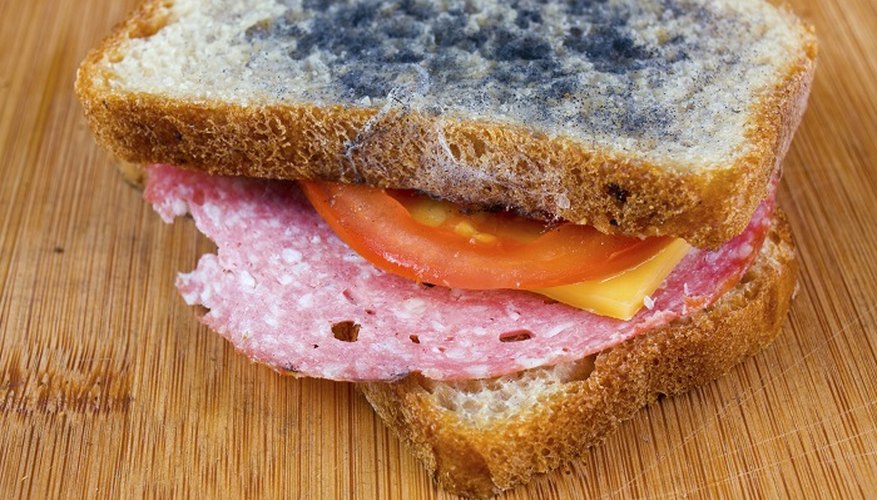Mould on bread can contain allergic reaction-causing spores as well as mycotoxins, dangerous compounds which can cause an upset stomach or even death. Mouldy bread should be carefully discarded and never eaten.
- Mould on bread can contain allergic reaction-causing spores as well as mycotoxins, dangerous compounds which can cause an upset stomach or even death.
Mycotoxin dangers
Mould growing on food or on the walls of damp houses may contain mycotoxins. Exposure to mycotoxins can cause breathing problems and fever; long-term exposure may cause chronic problems such as cancer, lupus and mental retardation.
Mild effects
More mild effects of eating mouldy bread include an upset stomach, nosebleeds, headaches, diarrhoea and flu-like symptoms.
Lung problems
Mould also can cause respiratory problems or allergic reactions if the spores are inhaled.
Mould growth
Mould on bread and other foods can survive in cold temperatures. It will grow roots deep into the bread, so cutting off visible mould or removing a few mouldy pieces from a loaf will not protect you from toxins.
Mould disposal
Dispose of mouldy bread carefully, outside the house if possible. Wear gloves and a face mask to avoid handling or inhaling spores, disinfect areas where the mould grew and throw out any food that may have been cross-contaminated.
